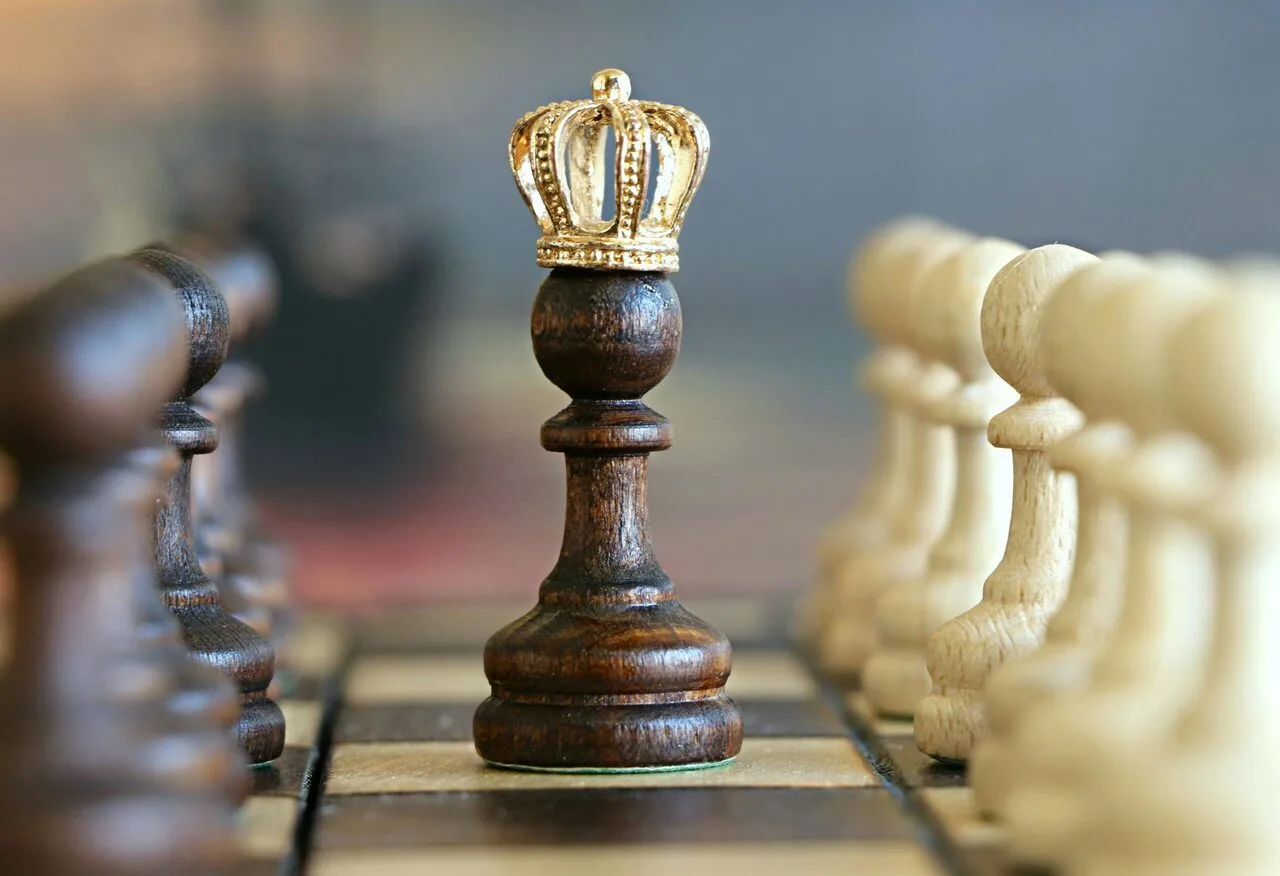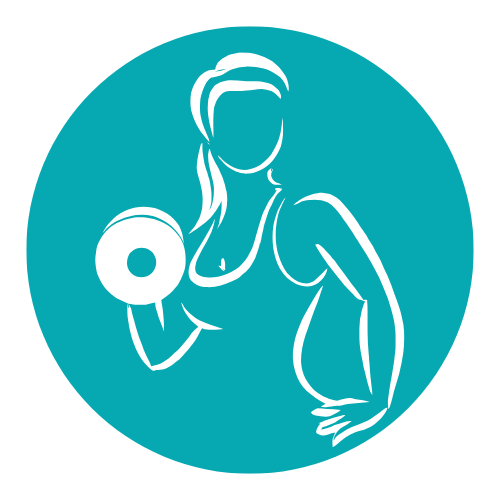Life moves fast. Between work, family, and the endless stream of notifications on our phones, it’s easy to feel like we’re constantly playing catch-up. Our minds are often stuck in the past, replaying old mistakes, or racing ahead to the future, worrying about what’s to come. But what if there was a way to slow down, even just for a moment, and find peace in the present? That’s where mindfulness comes in.
Mindfulness has become a buzzword in recent years, but it’s much more than a trend—it’s a powerful practice that can transform the way you experience life. In this post, I’ll walk you through what mindfulness is, why it matters, and how you can start incorporating it into your daily routine.
What is Mindfulness?
At its core, mindfulness is about being fully present in the moment. It’s about paying attention to your thoughts, feelings, and surroundings without judgment. Instead of getting caught up in the chaos of life, mindfulness helps you step back and observe what’s happening right now.
Think of it like this: Your mind is like a busy highway, with thoughts zooming by at high speed. Mindfulness is the act of pulling over to the side of the road, taking a breath, and simply watching the traffic go by. You don’t try to stop the cars or control them—you just observe.
Why Mindfulness Matters
In our fast-paced, always-connected world, mindfulness is more important than ever. Here’s why:
- It Reduces Stress: When you’re mindful, you’re less likely to get caught up in worries about the future or regrets about the past. This can significantly lower your stress levels.
- It Improves Focus: Mindfulness trains your brain to stay present, which can enhance your ability to concentrate and be productive.
- It Boosts Emotional Health: By observing your emotions without judgment, you can develop greater self-awareness and emotional resilience.
- It Enhances Relationships: When you’re fully present with others, your connections deepen, and communication improves.
- It Promotes Overall Well-being: Studies have shown that mindfulness can improve sleep, reduce anxiety, and even lower blood pressure.
How to Get Started with Mindfulness
The best part about mindfulness is that it’s simple and accessible. You don’t need any special equipment or hours of free time—just a willingness to be present. Here are some easy ways to get started:
1. Start with Your Breath
Your breath is always with you, making it the perfect anchor for mindfulness. Try this simple exercise:
- Find a quiet place and sit comfortably.
- Close your eyes and take a deep breath in through your nose, counting to four.
- Hold your breath for a count of four, then exhale slowly through your mouth for a count of six.
- Repeat this cycle for a few minutes, focusing solely on your breath.
2. Practice Mindful Eating
How often do you eat while scrolling through your phone or watching TV? Mindful eating is about savoring each bite and paying attention to the experience.
- Before you eat, take a moment to appreciate the appearance and aroma of your food.
- Take small bites and chew slowly, noticing the flavors and textures.
- Put your fork down between bites and take a breath.
3. Try a Body Scan
A body scan is a great way to connect with your body and release tension.
- Lie down or sit comfortably and close your eyes.
- Starting at your toes, bring your attention to each part of your body, working your way up to your head.
- Notice any sensations, tension, or areas of relaxation without trying to change anything.
4. Bring Mindfulness to Everyday Activities
You don’t need to set aside special time for mindfulness—you can practice it during everyday tasks.
- When you’re washing dishes, feel the warmth of the water and the texture of the bubbles.
- When you’re walking, notice the sensation of your feet touching the ground and the sounds around you.
- When you’re brushing your teeth, pay attention to the taste of the toothpaste and the movement of your brush.
Overcoming Common Challenges
If you’re new to mindfulness, it’s normal to face some challenges. Here are a few tips to help you stay on track:
- Be Patient: Mindfulness is a skill that takes time to develop. Don’t get discouraged if your mind wanders—it’s all part of the process.
- Start Small: Even just a few minutes of mindfulness each day can make a difference. Gradually increase the time as you become more comfortable.
- Let Go of Judgment: There’s no “right” or “wrong” way to practice mindfulness. If you find yourself getting frustrated, gently bring your focus back to the present moment.
Your Mindfulness Journey
Mindfulness is a journey, not a destination. It’s about learning to live in the moment, even when life feels chaotic. By practicing mindfulness, you can cultivate a sense of calm, clarity, and balance that will enrich every aspect of your life.
So why not give it a try? Start with one of the exercises above and see how it feels. Remember, the goal isn’t to empty your mind or achieve perfection—it’s simply to be present. And in a world that’s always pulling us in a million directions, that’s a gift worth giving yourself.
With warmth and encouragement,
Rachel Thompson






 I'm a certified health coach and nutrition expert.
My goal is to take the confusion out of healthy living and make it simple for everyone.
I'm a certified health coach and nutrition expert.
My goal is to take the confusion out of healthy living and make it simple for everyone.